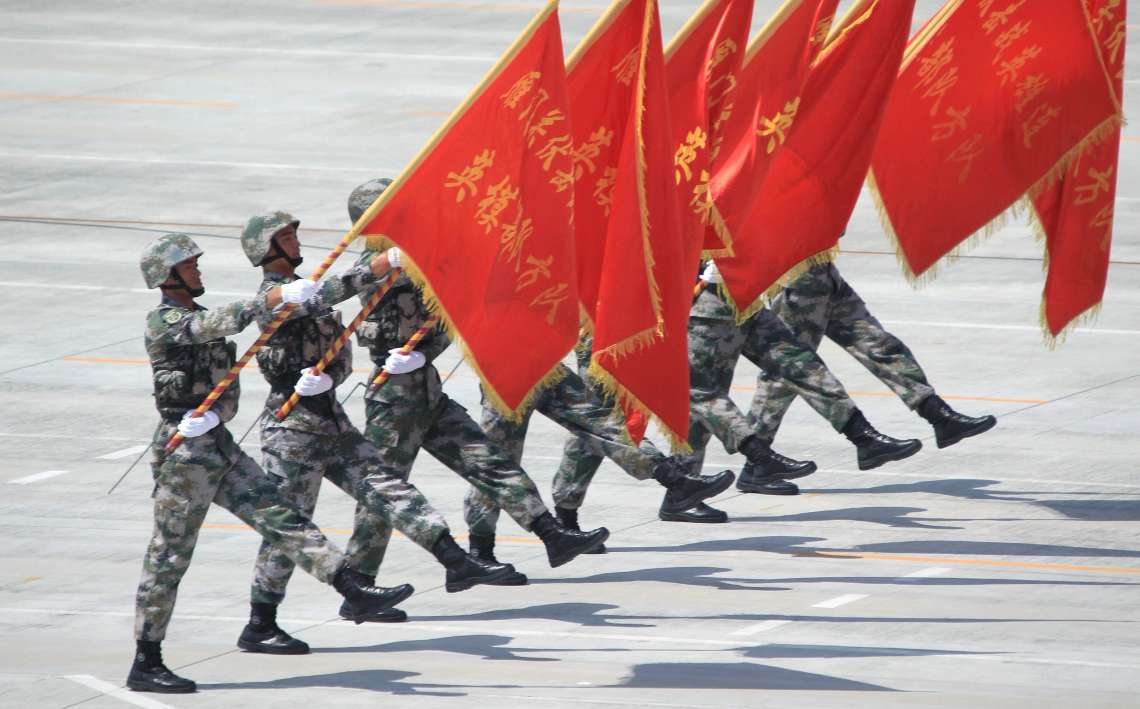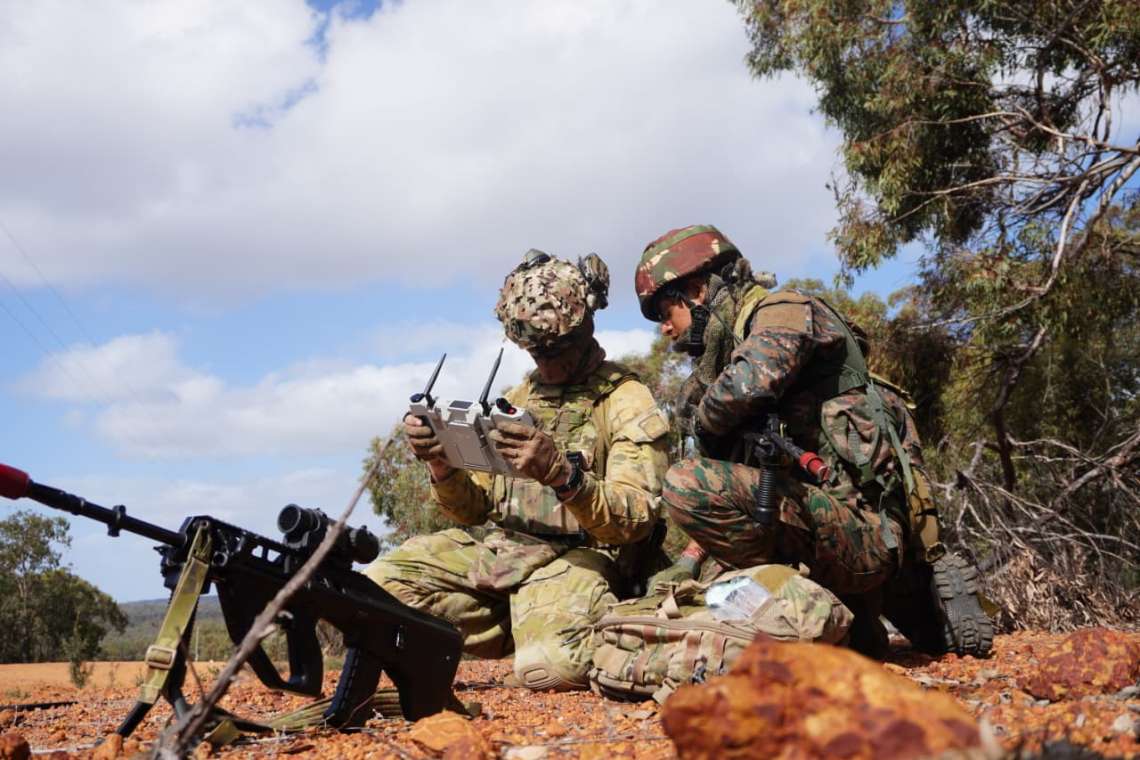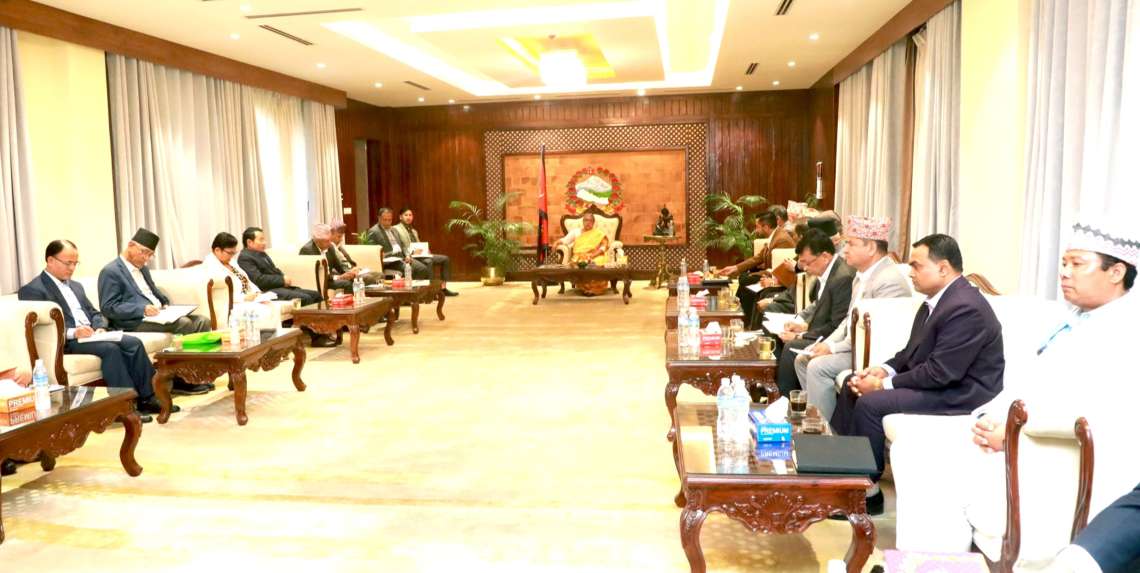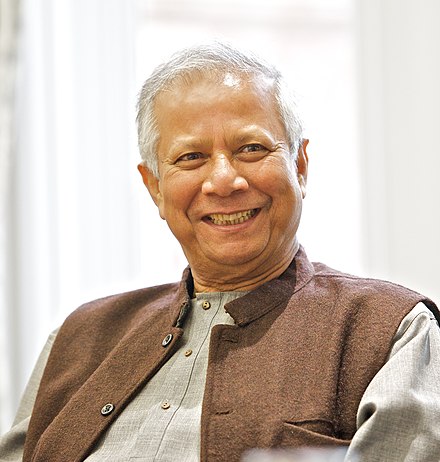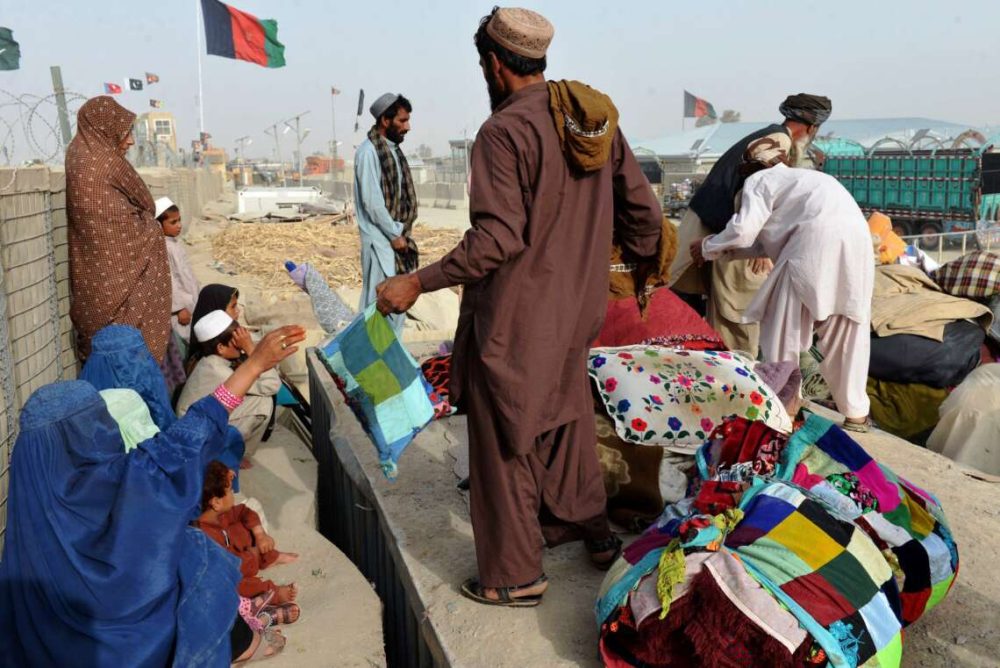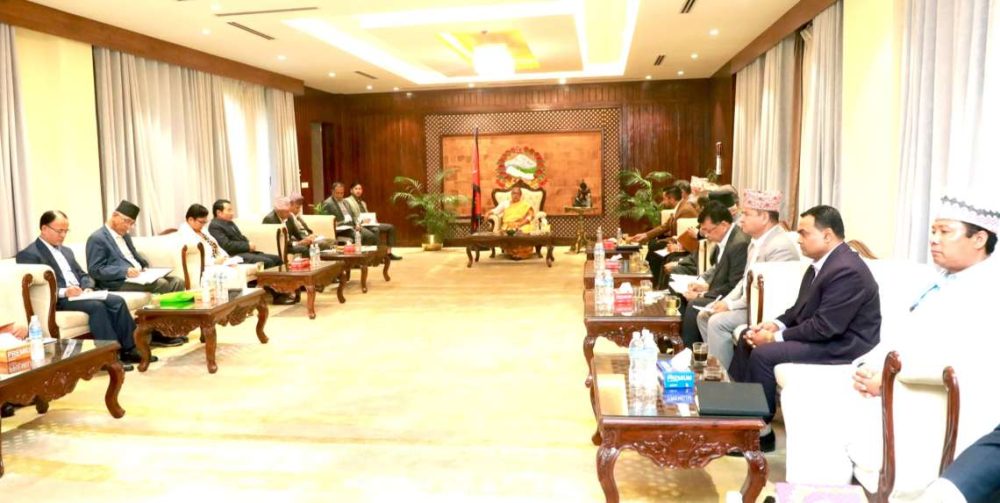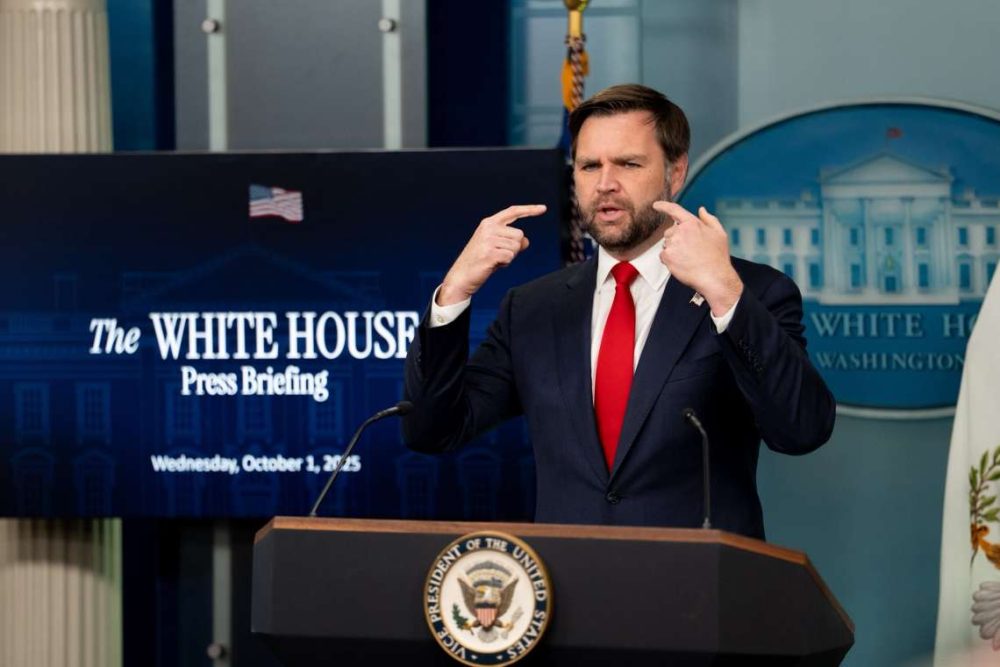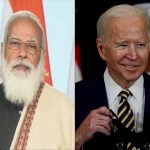For too long, much of the world treated India’s Himalayan frontiers as a regional issue. They are not. The India-China boundary is one of the last open theatres where democracy and authoritarianism meet face-to-face, weapon in hand. What happens there has global resonance, writes Colonel Danvir Singh (Retd)

The story of China’s deception is not new. It began long before Galwan in 2020 — long before cameras caught Indian soldiers standing firm against a treacherous assault in the thin air of Ladakh. It began in 1962, when the People’s Liberation Army (PLA) crossed the Himalayas and stabbed at India’s faith in the language of peace. Six decades later, the pattern remains the same: talk of friendship, followed by acts of betrayal.
Those of us who have served in uniform know that border peace is not sustained by signatures on paper; it is sustained by deterrence, discipline, and constant vigilance. The tragedy of 1962 was that India mistook China’s promises for principles. The lesson of 2020 is that we will not make that mistake again.
A betrayal written in the mountains
The 1962 Sino-Indian War was more than a military defeat. It was the collapse of an illusion. India had recognised Chinese sovereignty over Tibet, signed the Panchsheel Agreement, and believed that two ancient civilisations could coexist as equals in a new Asian century. Beijing saw things differently. It used Panchsheel as camouflage, quietly building a military road through Aksai Chin and positioning troops for what it called a “self-defensive counter-attack.”
For the world, China’s invasion coincided with the Cuban Missile Crisis — a perfect smokescreen. While the superpowers were locked in nuclear brinkmanship, Mao Zedong struck in the Himalayas, knowing no one would intervene. The United Nations did not condemn the aggression; the Soviet Union stayed neutral; the United States was too busy preventing Armageddon. In a few weeks, the PLA had seized Aksai Chin, declared a ceasefire, and walked away with impunity.
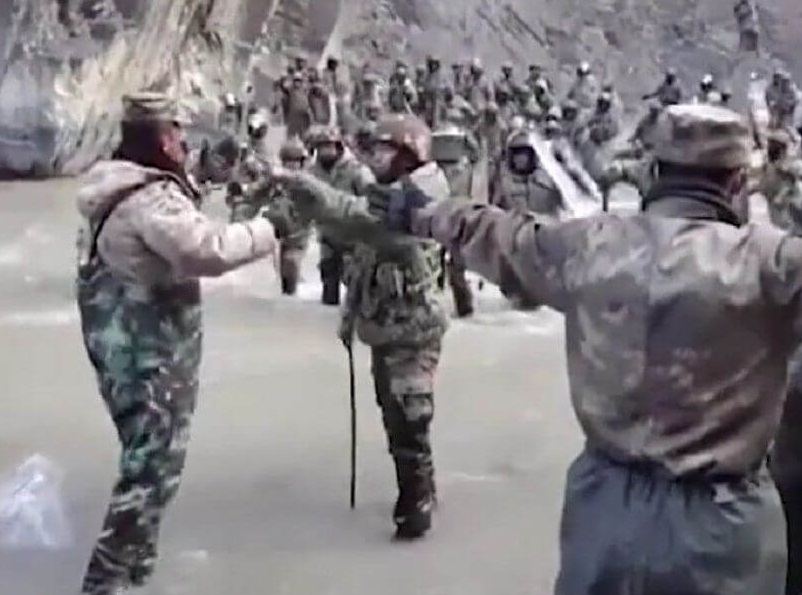
What India learned in that lonely November of 1962 was that China’s diplomacy was transactional, not transformative. Friendship was only useful until it not come in the way of Beijing’s ambitions.
From Panchsheel to Galwan — the unbroken chain
After 1962, India and China rebuilt ties slowly through dialogue. Successive governments signed a string of agreements — the 1993 Border Peace and Tranquillity Agreement, the 1996 Confidence-Building Measures, the 2005 Guiding Principles, and the 2013 Border Defence Cooperation Agreement. Each was designed to prevent conflict; each was violated by China.
The Galwan clash in June 2020 showed how those pacts had become one-sided constraints. The 1996 agreement banned firearms near the Line of Actual Control (LAC). China used that clause to its advantage, sending troops armed with spiked clubs and iron rods. In freezing darkness, hand-to-hand combat replaced diplomacy. Twenty Indian soldiers, including a commanding officer, were killed — but they held their ground, inflicting heavy losses on the PLA. It was a moment of pain, yes, but also of pride: India had not yielded an inch.
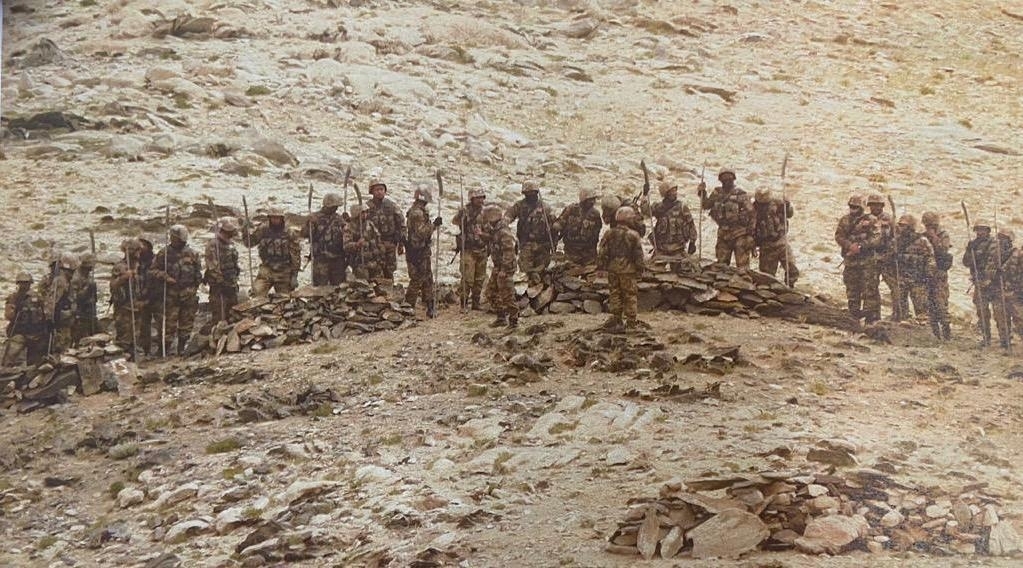
Beijing’s pattern is predictable. It signs agreements to buy time, uses that time to build infrastructure and alter facts on the ground, then blames the other side for “provocations.” The same playbook has been used in the South China Sea, on the Sino-Vietnamese border, and around Taiwan. China’s idea of peace is an intermission between phases of coercion.
Why the West should care
For too long, much of the world treated India’s Himalayan frontiers as a regional issue. They are not. The India-China boundary is one of the last open theatres where democracy and authoritarianism meet face-to-face, weapon in hand. What happens there has global resonance.
The tactics used against India — “salami slicing,” denial, hybrid propaganda — are the same methods now being deployed elsewhere. Europe saw echoes of it in Russia’s incremental encroachments before the invasion of Ukraine. Southeast Asia faces it daily in the South China Sea, where China builds artificial islands and calls them “ancient rights.” Africa faces it in debt traps and information manipulation.
India has lived this playbook for sixty years. We know its rhythms. The democratic world would do well to study it.
A professional soldier’s perspective
As a soldier who has served along India’s northern borders, I have seen how peace and danger coexist in the same frame. On one side of the LAC, you see patrols exchanging brief salutes; on the other, you see bulldozers carving new roads just a few hundred metres away. For the PLA, psychological pressure is as important as physical intrusion. It relies on fatigue, ambiguity, and the slow erosion of confidence.
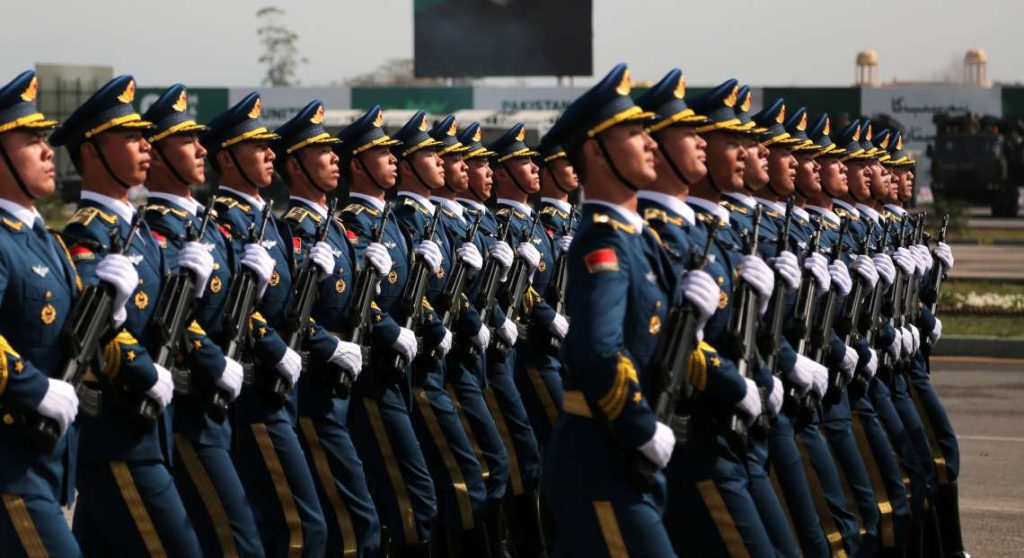
The Indian Army has responded by reinventing itself. Over the past few years, our border infrastructure has expanded dramatically. New tunnels, forward airfields, and surveillance assets now ensure rapid mobilisation. The Air Force has hardened its bases in Leh and Thoise; the Navy is asserting presence across the Indo-Pacific. Our soldiers today are better equipped, better informed, and far more prepared than those who stood on the same mountains in 1962.
But preparedness is not just about equipment; it is about mindset. The Indian soldier understands that on this frontier, every handshake must be backed by readiness.
The cost of complacency
For the diaspora and global readers, there is a temptation to see the Himalayas as distant — a remote theatre far from London or New York. Yet, China’s pattern of deception affects everyone. The same state that disregarded peace agreements in Ladakh has breached international norms in the South China Sea, militarised artificial islands, and ignored international rulings. If it can violate bilateral treaties with a nuclear-armed neighbour, what prevents it from violating global ones?
The danger lies not only in China’s ambition but in the world’s short attention span. In 1962, global focus was on Cuba. In 2020, it was on COVID-19. Beijing acts when democracies are distracted. That is why vigilance cannot be India’s duty alone; it must be a collective instinct.
The India that emerged
Galwan was a tragedy, but it was also a declaration — that India would no longer measure peace by silence. Since 2020, New Delhi has shifted decisively from accommodation to assertion. The government’s position is clear: relations cannot return to normal until peace returns to the border.
India has also integrated economic and technological security into its strategic calculus. Chinese apps have been banned, investments screened, and supply chains diversified. Border diplomacy has been backed by military deterrence and alliances. The Quad partnership with the US, Japan, and Australia, and growing cooperation with European partners, ensure that China cannot exploit isolation the way it did in 1962.
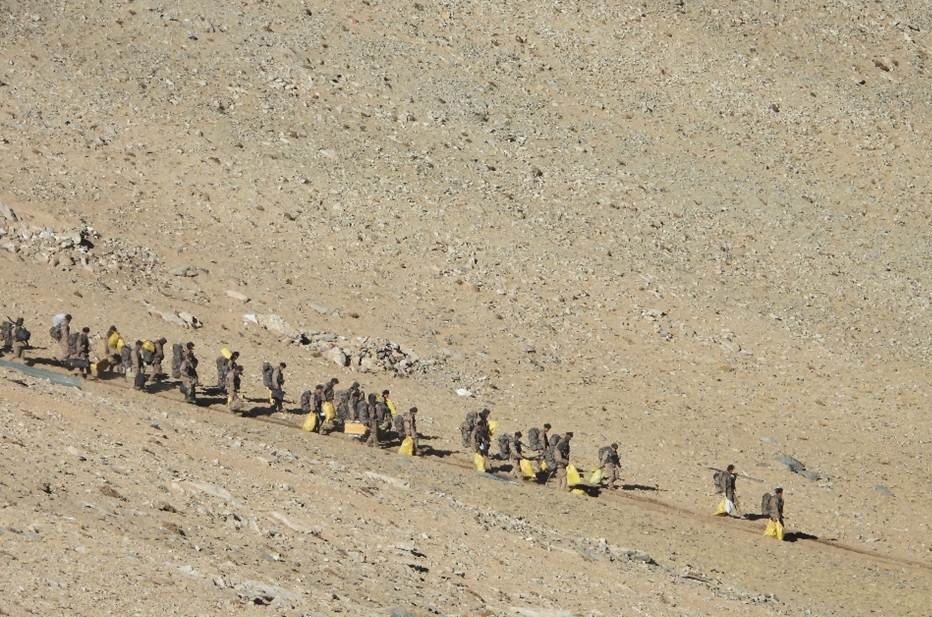
In essence, India has moved from being a cautious state to a confident one — still restrained, but no longer naïve.
What vigilance means today
Vigilance is not aggression; it is clarity. It means recognising that words like “mutual respect” and “peaceful coexistence” mean different things in Beijing than they do in New Delhi or London. It means strengthening deterrence without losing restraint, modernising without militarising, and building alliances without surrendering autonomy.
For India, vigilance also means preparing for the future battlefield — digital, informational, and psychological. The next confrontation may not start with gunfire but with satellite jamming, drone incursions, or disinformation. In such an environment, strategic awareness is as vital as firepower.
The peace that watches
China’s deception is not just India’s burden; it is the world’s warning. The same pattern that unfolded in 1962 and repeated in 2020 will surface again wherever ambition meets complacency.
India’s message is simple: peace must be defended, not presumed. The border may be frozen, but the contest is alive — between coercion and conviction, secrecy and transparency, dictatorship and democracy.
For those of us who have stood on the frontlines, the memory of betrayal is not a story from the past; it is a signal for the future. The Himalayas have taught India to watch even when others look away.
Because in dealing with Beijing, trust is temporary — but vigilance must be permanent.
(Col Danvir Singh (Retd) is a decorated infantry officer, strategic affairs analyst, and host of a leading television show on India’s military and security issues. He can be reached at danvirsingh34@yahoo.in and posts on X: @danvir_chauhan)


